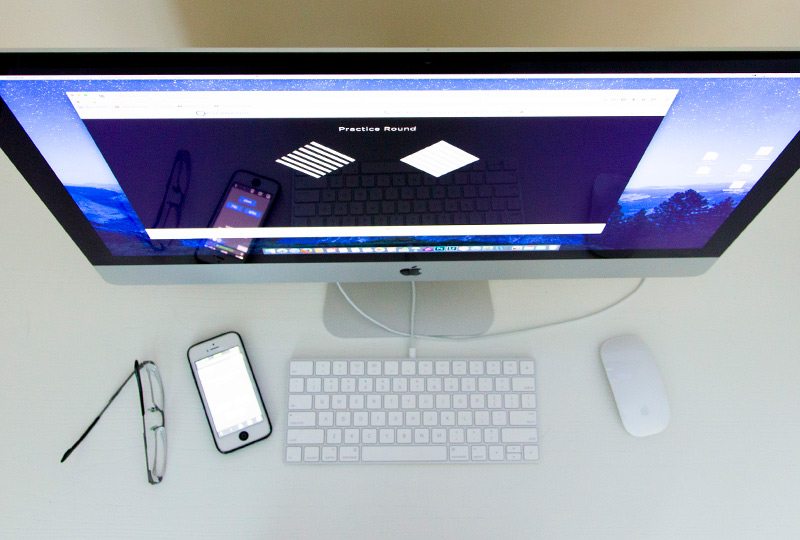Can people trust a vision test taken on home computers for their next eyewear prescriptions?
Americans are increasingly going to the web to buy contacts and glasses. We bought 15.3 million pairs of contacts and 2.3 million glasses online in 2013, according to The Vision Council. In the past, ordering online eyewear required a prescription from a local eye doctor.
Now, one website will email you a signed prescription for glasses or contacts after you take its online vision test.
But how does all this work and is it recommended?
“A refractive eye test is a not a measure of your eye health,” said Sean Donahue, M.D., Ph.D., the vice chair for clinical affairs at the Vanderbilt Eye Institute. “You won’t go blind from an inaccurate prescription, but online tests will miss diseases that could have profound effects on your eye health.
“Even if completely accurate, an online test may also give you a false sense of security that you don’t need a comprehensive exam. What you need to know is: Why is your vision not normal?”
While the online tests have drawbacks, Donahue stresses that the American Academy of Ophthalmology is open to innovative diagnostic tools. The academy website states that it recognizes the potential of web-based screening and other diagnostic tests in increasing access to healthcare services, enhancing patient involvement and reducing healthcare costs.
My results in focus
I tried an online refractive eye test to see how the process compared to a recent visit to my optometrist. The website I used clearly states that it is only a refraction test for glasses or contacts and not a replacement for a comprehensive eye exam. It is limited to users between ages 18 and 50 and only tests for single vision lenses. An ophthalmologist with the website reviews your results before emailing you a prescription.
The online test asked me to stand 10 feet from my screen and tap buttons on my smartphone to choose between sets of shapes on my desktop computer screen that appeared sharpest. I completed the test in about 40 minutes. After paying the $40 test fee, I had a signed prescription in my email inbox two hours later. For comparison here are the results, showing a difference in the reading for one eye:
Online test for glasses
OD (right eye): Spherical -3.25, Cylinder -1.25, Axis 110
OS (left eye): Spherical -3.50, Cylinder -1.00, Axis 060
Recent exam by an optometrist
OD: Spherical -2.50, Cylinder -2.00, Axis 105
OS: Spherical -3.50, Cylinder -1.00, Axis 055
The proof is in the prescription
I decided to take my online prescription for a real-world test. I went back for another visit with my optometrist, and he dialed my web prescription into a phoropter, the multi-lens device you look through during a vision test. My left eye corrected to 20/20 and my right eye to about 20/30+.
Is the online prescription good enough?
My optometrist said it is close in the left eye, but that I’d likely have some eyestrain on the right: “It’s not much of a bargain considering the inaccuracy and the fact that a full exam isn’t much more expensive.”

Vanderbilt Eye Institute provides the full spectrum of eye care, from comprehensive eye exams to treating complex eye diseases. Our ophthalmologists are medical doctors with years of additional training to perform eye surgeries and treat corneal and retinal diseases.


